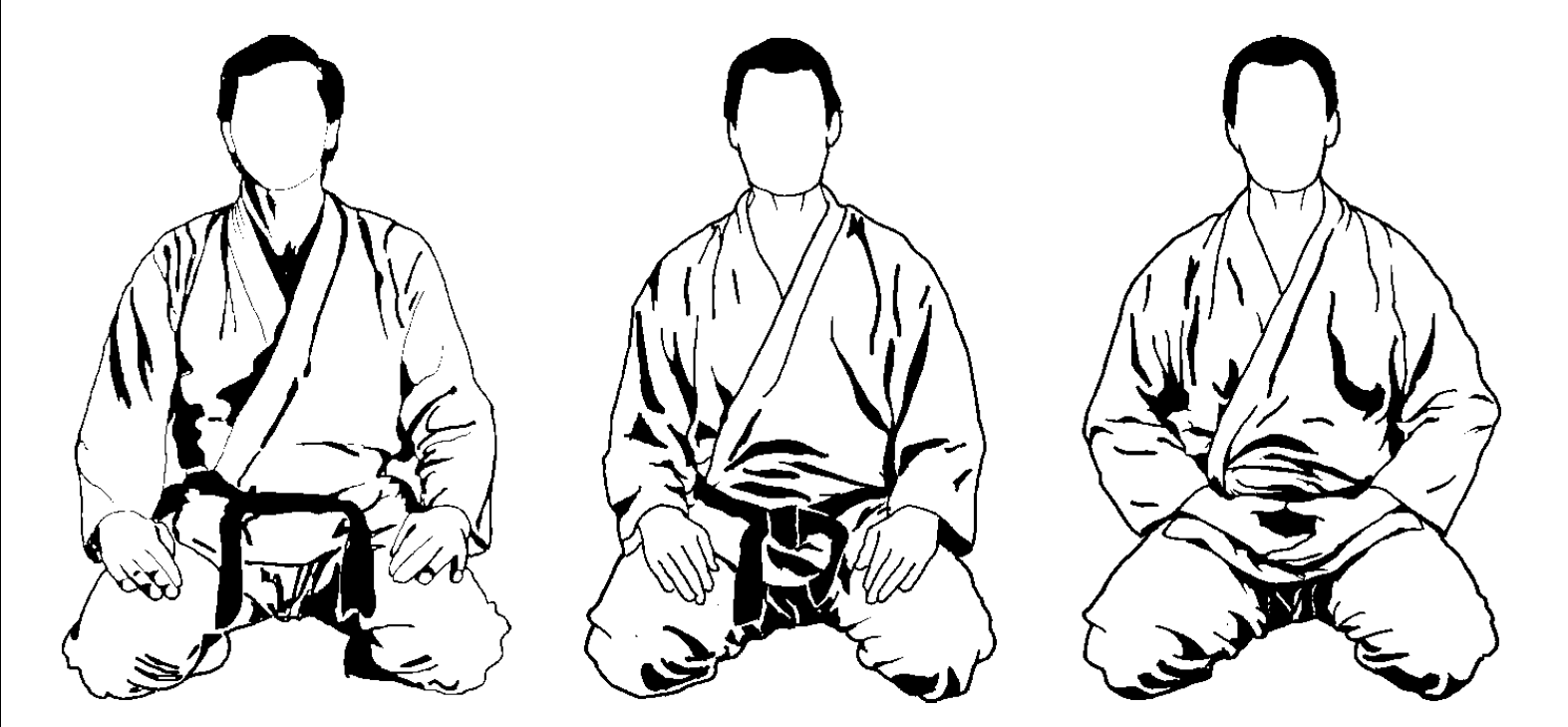Hey, Attention on Deck!
Hey, NOTHING here is PERSONAL, get over it - Teach Me and I will Learn!
When you begin to feel like you are a tough guy, a warrior, a master of the martial arts or that you have lived a tough life, just take a moment and get some perspective with the following:
I've stopped knives that were coming to disembowel me
I've clawed for my gun while bullets ripped past me
I've dodged as someone tried to put an ax in my skull
I've fought screaming steel and left rubber on the road to avoid death
I've clawed broken glass out of my body after their opening attack failed
I've spit blood and body parts and broke strangle holds before gouging eyes
I've charged into fires, fought through blizzards and run from tornados
I've survived being hunted by gangs, killers and contract killers
The streets were my home, I hunted in the night and was hunted in turn
Please don't brag to me that you're a survivor because someone hit you. And don't tell me how 'tough' you are because of your training. As much as I've been through I know people who have survived much, much worse. - Marc MacYoung
WARNING, CAVEAT AND NOTE
The postings on this blog are my interpretation of readings, studies and experiences therefore errors and omissions are mine and mine alone. The content surrounding the extracts of books, see bibliography on this blog site, are also mine and mine alone therefore errors and omissions are also mine and mine alone and therefore why I highly recommended one read, study, research and fact find the material for clarity. My effort here is self-clarity toward a fuller understanding of the subject matter. See the bibliography for information on the books. Please make note that this article/post is my personal analysis of the subject and the information used was chosen or picked by me. It is not an analysis piece because it lacks complete and comprehensive research, it was not adequately and completely investigated and it is not balanced, i.e., it is my personal view without the views of others including subject experts, etc. Look at this as “Infotainment rather then expert research.” This is an opinion/editorial article/post meant to persuade the reader to think, decide and accept or reject my premise. It is an attempt to cause change or reinforce attitudes, beliefs and values as they apply to martial arts and/or self-defense. It is merely a commentary on the subject in the particular article presented.
Note: I will endevor to provide a bibliography and italicize any direct quotes from the materials I use for this blog. If there are mistakes, errors, and/or omissions, I take full responsibility for them as they are mine and mine alone. If you find any mistakes, errors, and/or omissions please comment and let me know along with the correct information and/or sources.
“What you are reading right now is a blog. It’s written and posted by me, because I want to. I get no financial remuneration for writing it. I don’t have to meet anyone’s criteria in order to post it. Not only I don’t have an employer or publisher, but I’m not even constrained by having to please an audience. If people won’t like it, they won’t read it, but I won’t lose anything by it. Provided I don’t break any laws (libel, incitement to violence, etc.), I can post whatever I want. This means that I can write openly and honestly, however controversial my opinions may be. It also means that I could write total bullshit; there is no quality control. I could be biased. I could be insane. I could be trolling. … not all sources are equivalent, and all sources have their pros and cons. These needs to be taken into account when evaluating information, and all information should be evaluated.” - God’s Bastard, Sourcing Sources (this applies to this and other blogs by me as well; if you follow the idea's, advice or information you are on your own, don't come crying to me, it is all on you do do the work to make sure it works for you!)
“You should prepare yourself to dedicate at least five or six years to your training and practice to understand the philosophy and physiokinetics of martial arts and karate so that you can understand the true spirit of everything and dedicate your mind, body and spirit to the discipline of the art.” - cejames (note: you are on your own, make sure you get expert hands-on guidance in all things martial and self-defense)
“All I say is by way of discourse, and nothing by way of advice. I should not speak so boldly if it were my due to be believed.” - Montaigne
I am not a leading authority on any one discipline that I write about and teach, it is my hope and wish that with all the subjects I have studied it provides me an advantage point that I offer in as clear and cohesive writings as possible in introducing the matters in my materials. I hope to serve as one who inspires direction in the practitioner so they can go on to discover greater teachers and professionals that will build on this fundamental foundation. Find the authorities and synthesize a wholehearted and holistic concept, perception and belief that will not drive your practices but rather inspire them to evolve, grow and prosper. My efforts are born of those who are more experienced and knowledgable than I. I hope you find that path! See the bibliography I provide for an initial list of experts, professionals and masters of the subjects.



No comments:
Post a Comment